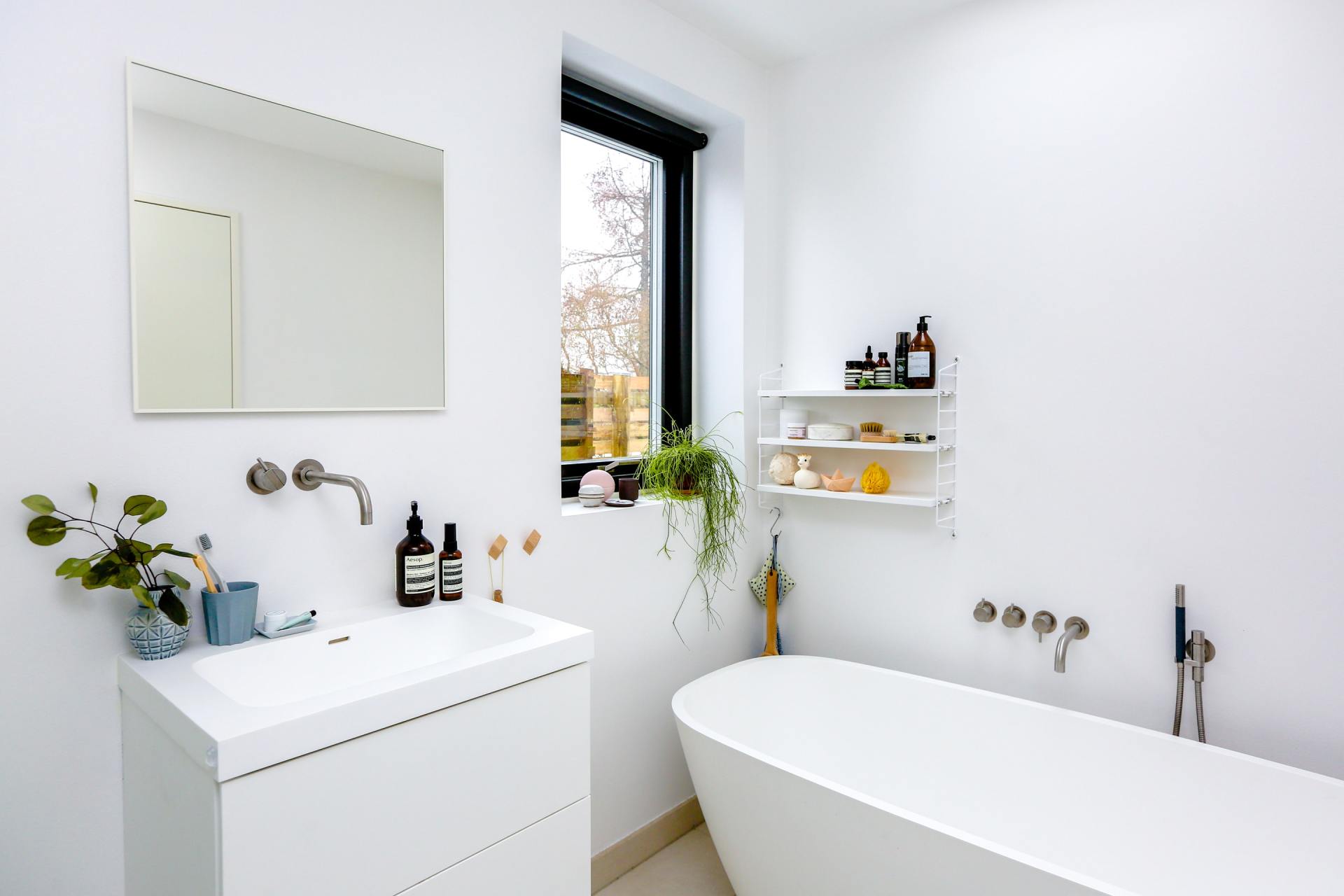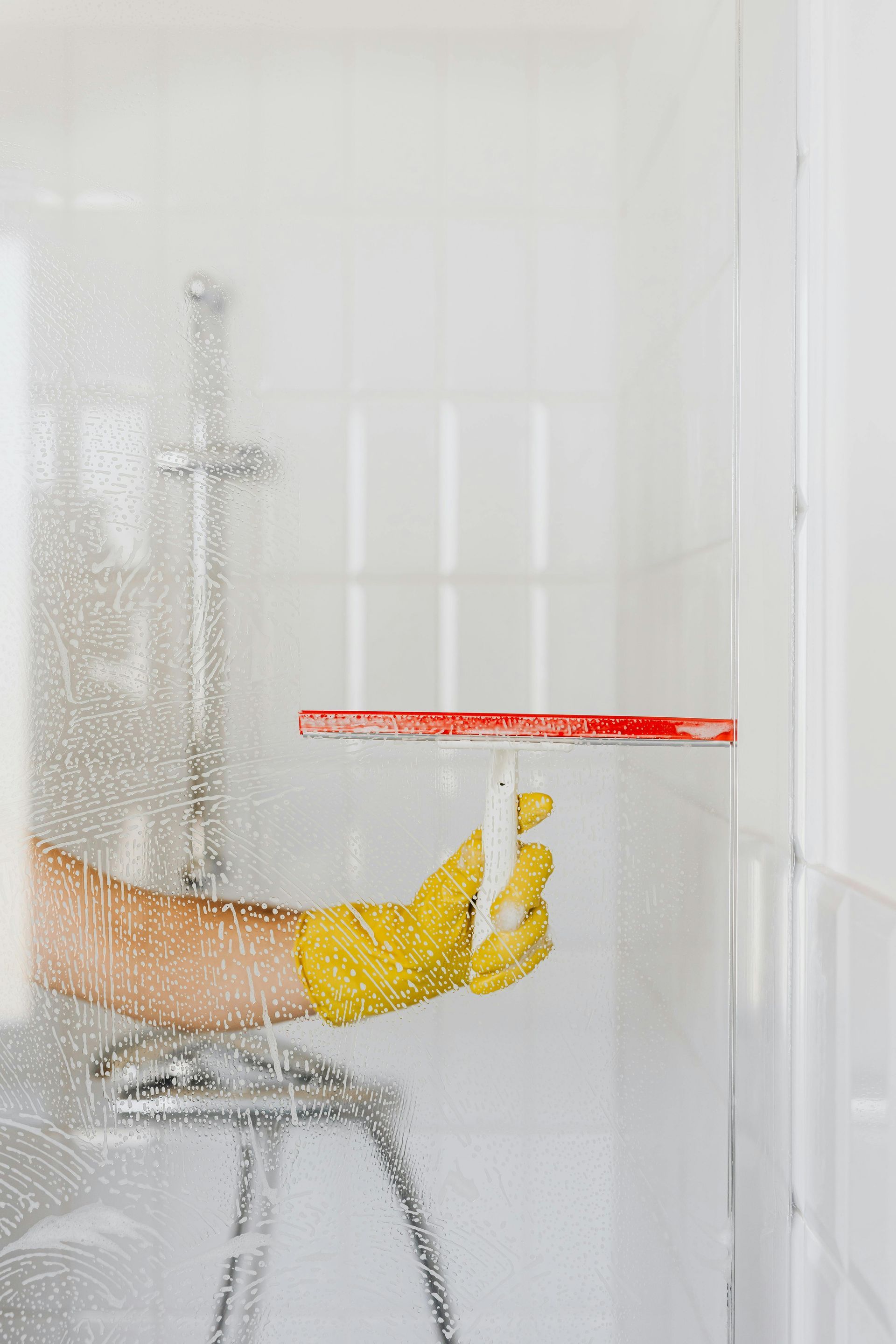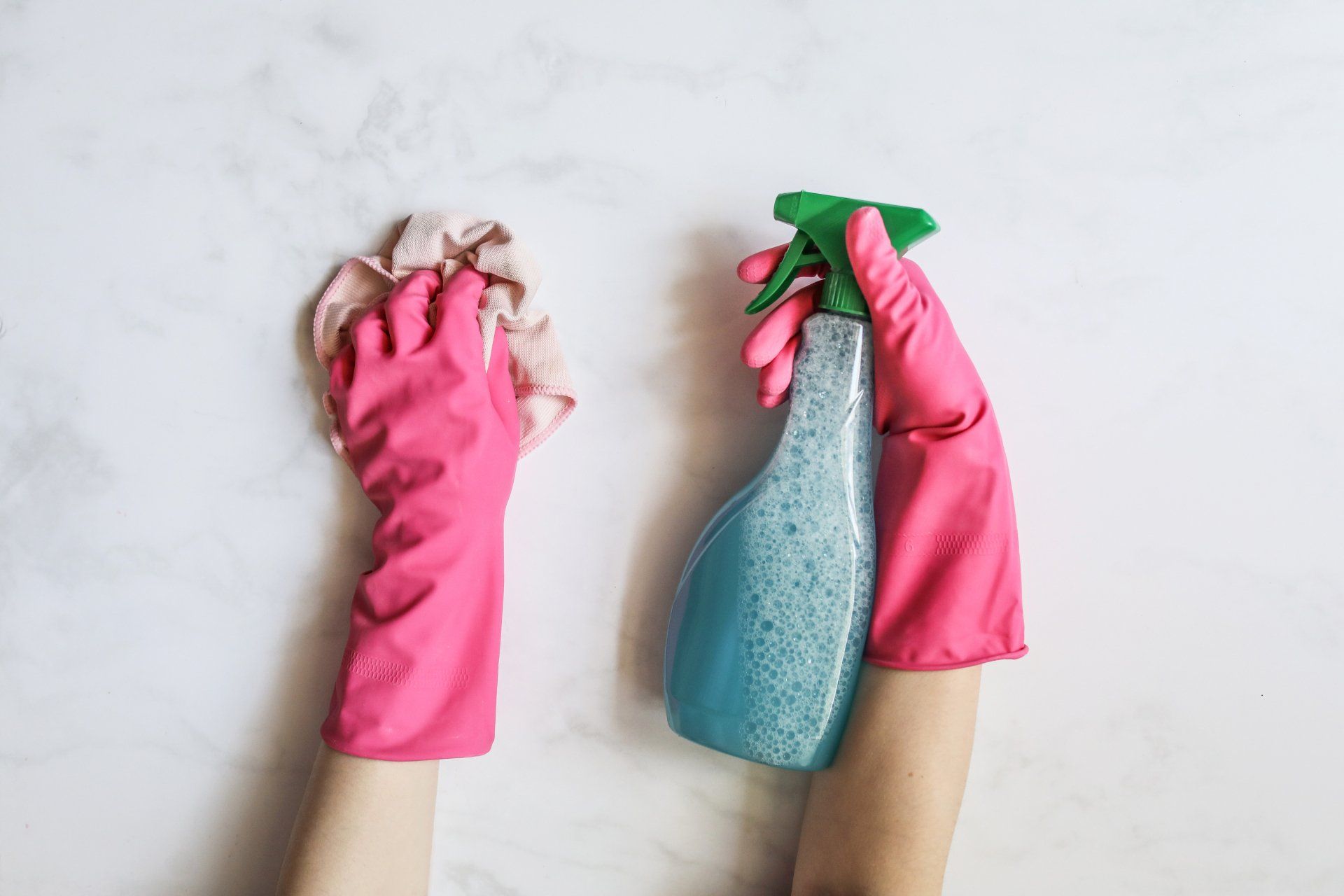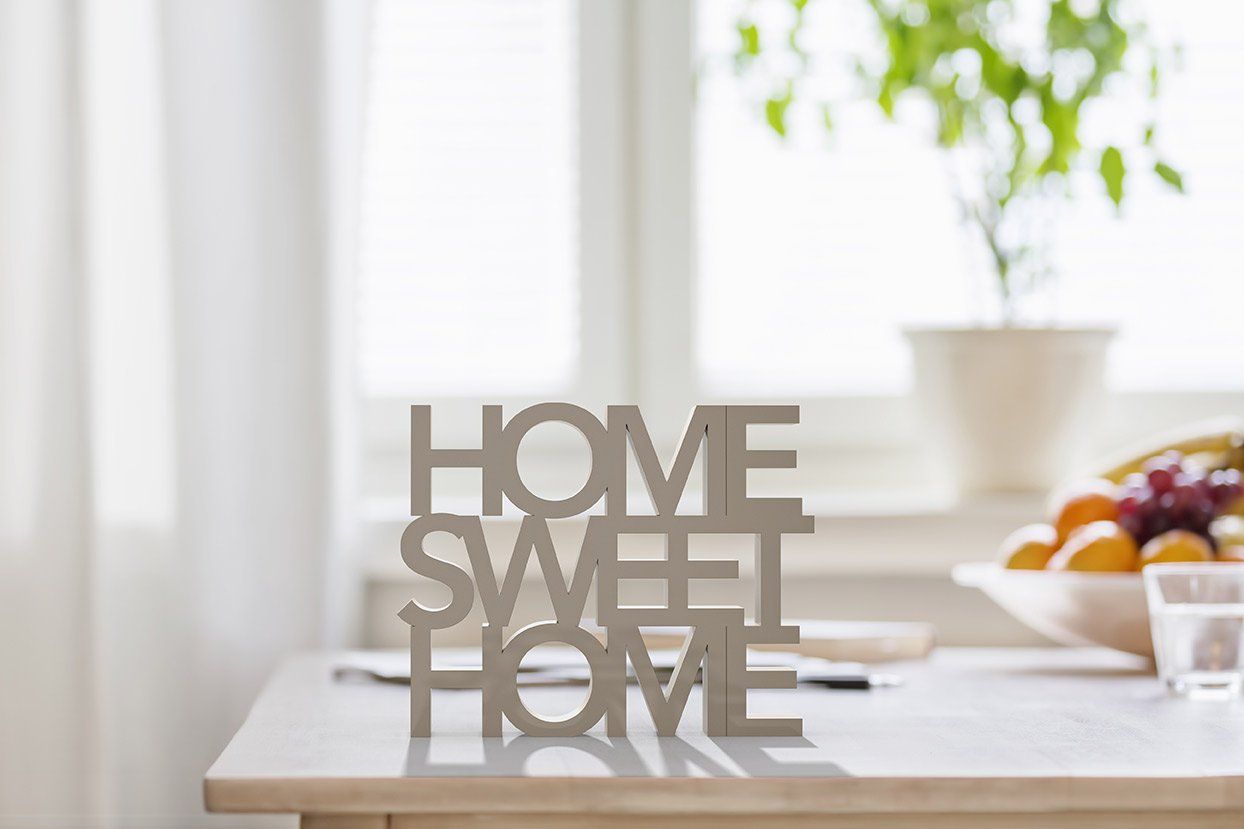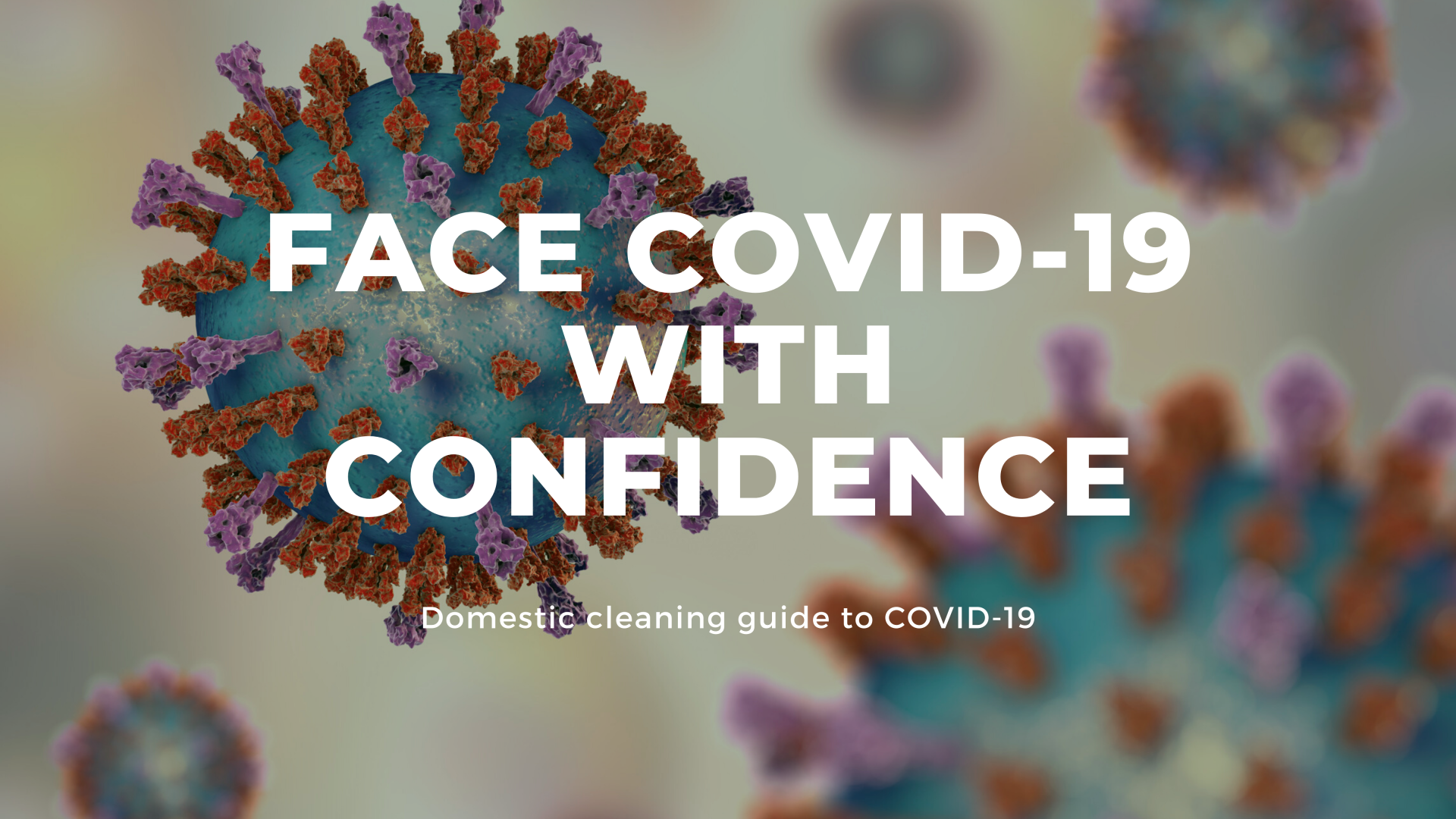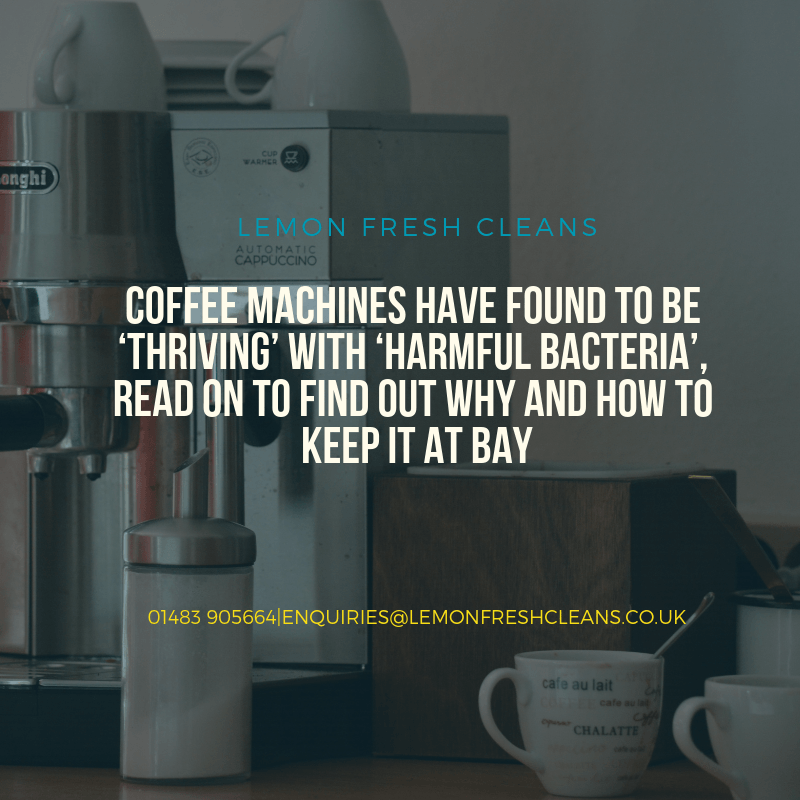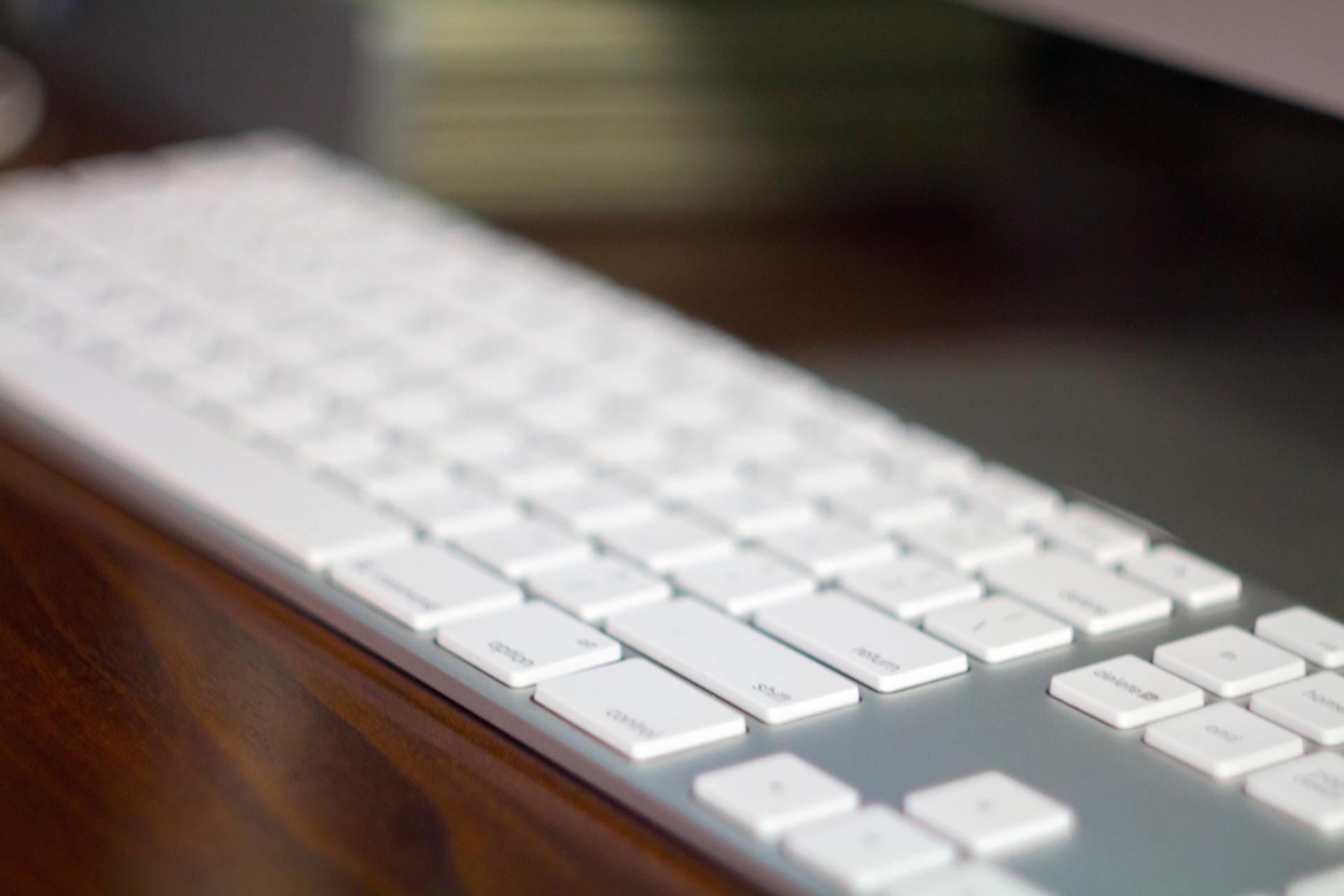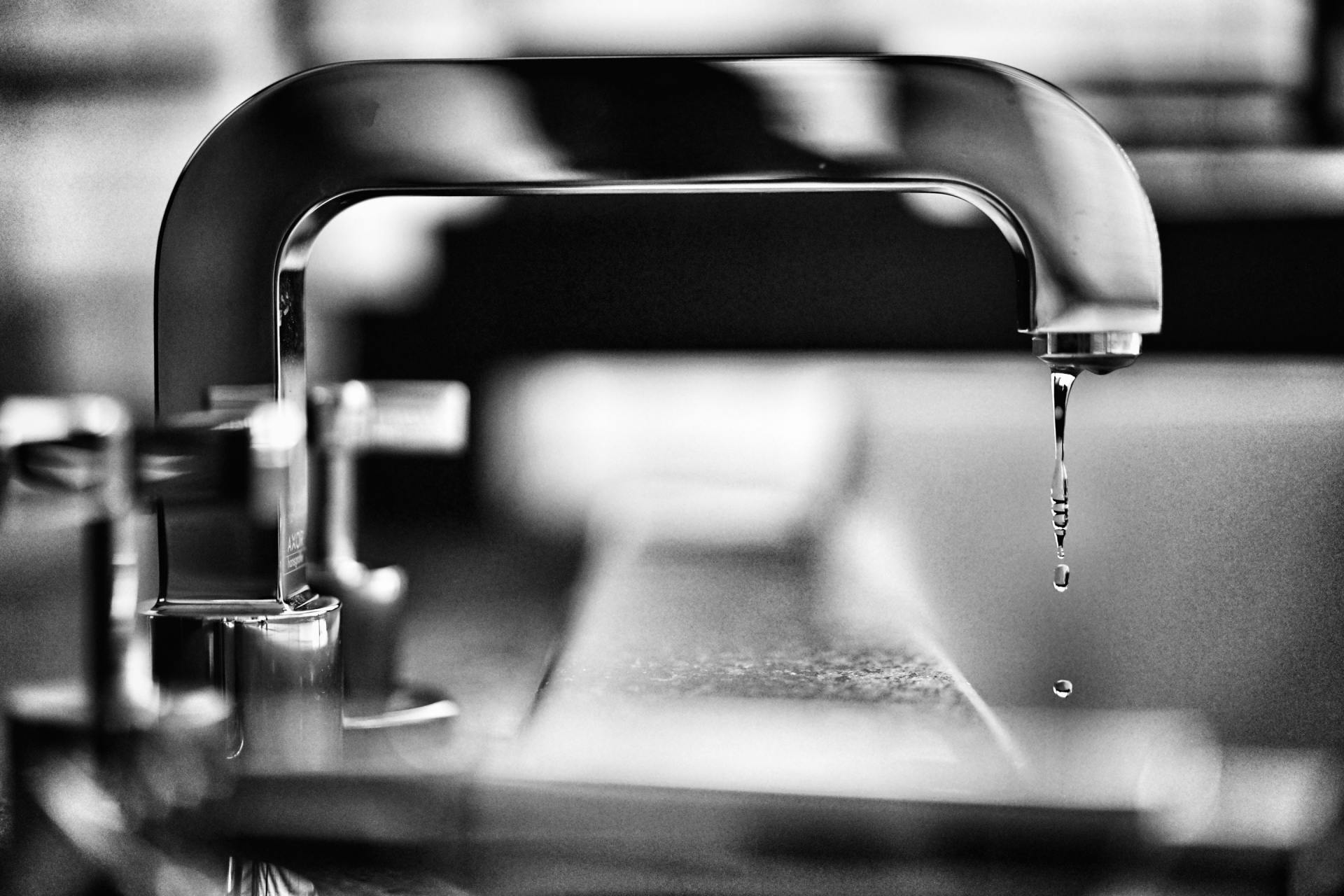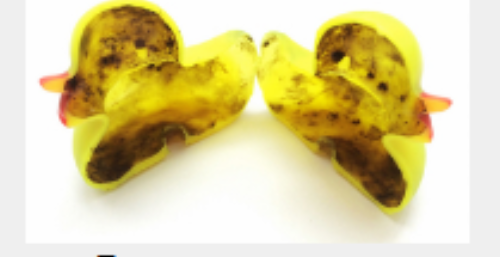Why the cleaning the toilet should be the least of your worries when it comes to your bathroom.
The room which should require the most thorough cleaning in your house must be the kitchen, the place where you prepare, make and eat food, right? Although, obviously it’s important your kitchen is kept clean, it’s actually the bathroom which is the biggest bacteria bath (no pun intended). I don’t know about you, but this came as a shock to me, especially when I found out the main reason isn’t because of the toilet. As I mentioned in the last blog, Babies, Bath toys and Bacteria, the bathroom environment encourages bacteria growth. This is due to higher than normal temperatures combined with high humidity and moisture levels. This, of course makes sense when you think about it, warm and wet environments ensure that bacteria grows at a revolting rate. This is why it is so important that we clean our bathrooms thoroughly and on a regular basis (by regularly I mean between once and twice a week not once a month). If you don’t have the time, you either need to make time OR you could of course, always get in touch with us, Lemon Fresh Cleans , for an honest and reliable quote.
So, you may be wondering, if the toilet is the least of your worries, then what or where should you be worrying about in your bathroom? Well, here is where we delve into the details of two of the most surprising areas in the bathroom, that in reality gather significant levels of bacteria and dirt.
First up, the floor! The bathroom floor is actually a farm for bacteria, but why? As Krissy Brady at Women’s Health reminds us ‘not only is the floor the largest bathroom surface, but it tends to be the most overlooked’ (Brady, C: 2015). After all, we walk on it constantly (particularly in business and office environments) and leave external bacterias and dirt on it, we leave damp towels on it and the toilet will undoubtedly splash onto it too.
Women’s health quotes Joan L. Slonczewski, Ph.D, who notes that even "right after the floor's cleaned, there might be less than a thousand bacteria per square centimeter” and “an hour later there might be a million” (Brady, C:2015) - shocking!
So what do you need to do to tackle it ? Well, obviously, cleaning the floor on a regular and thorough basis is key for preventing bacteria build ups. Additionally, wiping your floor with a strong bathroom cleaner and drying it afterwards is extremely important. This is because Bacteria breeds in moisture. You should ensure your floor is dried sufficiently after cleaning, as well as avoid creating a damp environment by: hanging up towels, putting dirty clothes straight into a wash basket after use and drying yourself stood in the bath or shower after washing. Of course cleaning the floor by using professional steam or spray machine is the most bacteria proof method because the temperature sanitises the floor so well, they give and intensive clean and leave the least product residue.
Next up, the trusty toothbrush holder , or maybe not so trustworthy when you’ve finished reading this. ‘A study by the National Sanitation Foundation (NSF) found that toothbrush holders are the third-most germy household items’ (Rotskoff, K: 2016). Additionally,
Coliform bacteria which is part of the E Coli family and is found in ‘more than a quarter (27%) of toothbrush holders’ according to Alistair Ryder and David Himelfield’s article:
Hygiene experts reveal dirtiest place in the house - and it ISN'T the toilet
(Ryder, A & Himelfield, D: 2018).
As we know E Coli can make us very ill and even result in hospitalisation, so ideally we need to avoid the presence of it on our toothbrushes and toothbrush holders. As toothbrush holders ‘can pick up bacteria that are spread by toilet flushing’ (Rotskoff, K: 2016), the first tip is to use your common sense, and have your toothbrush holder placed as far away from your toilet as humanly possible. If your sink is next to your toilet then it is definitely worth moving it to a surface further away. Who wouldn’t swap that minor inconvenience for the vomiting, diarrhoea, cramps and fever that E Coli can cause once it has got into your system?
Don’t forget to clean your toothbrush holder often using a bathroom or bleach based spray (then rinse well), as well as, replace your toothbrush and holder at regular and intervals to control the bacteria levels. Lastly, don’t be fooled by the idea of placing your toothbrush holder in an enclosed space or cabinet. Why not? You might ask. Well, this can be even more dangerous that your holder being exposed to toilet splash. The enclosed environment doesn’t allow toothbrushes to dry after use and therefore does allow the bacteria to multiply quicker!
So there you go, I hope you’ve learnt something new about the inner truths of bathroom bacteria habits and how to keep it at bay in those hidden and initially unsuspicious places.
Bibliography
Brady, C. (2015).
You'll never guess what the dirtiest surface in your bathroom is.
Available:
https://www.womenshealthmag.com/health/a19981389/dirtiest-part-of-the-bathroom/
. Last accessed 15th May 2018.
Neu, L, Banziger, C, Proctor, C.R, Zhang, Y, Liu, W, Hammes, F. (2018).
Ugly ducklings - the dark side of plastic materials in contact with potable water.
Available:
https://www.nature.com/articles/s41522-018-0050-9
. Last accessed 1st May 2018.
Piro, L. (2014).
8 really gross mistakes you make in your bathroom.Available:
https://www.goodhousekeeping.com/home/cleaning/tips/a26125/dirty-bathroom-mistakes/
. Last accessed 15th May 2018.
Rotskoff, K. (2016).
Do You Know What's Lurking on Your Toothbrush?.Available:
https://www.onhealth.com/content/1/toothbrush_germs_facts
. Last accessed 19th May 2018.
Ryder, A & Himelfield, D. (2018).
Hygiene experts reveal the dirtiest place in your house - and it ISN'T the toilet.
Available:
https://www.examiner.co.uk/news/health/hygiene-experts-reveal-dirtiest-place-14323458
. Last accessed 15th May 2018.
Star Brands. (2018).
How clean is your bathroom?.
Available:
https://www.starbrandsltd.co.uk/how-clean-is-your-bathroom-i43
. Last accessed 15th May 2018.

